Was R.A. Dickey’s departure foretold in cardboard?

One of R.A. Dickey’s final Dickeyfaces as a Met at Citi Field
R.A. Dickey’s career has been quite the roller coaster ride so far, hasn’t it? A lot of us have been along for the ride for the last three years, but the latest development has us in free fall. Like half of the Marlins just a few weeks ago, Dickey is headed north to the Blue Jays. In return, the Mets get a legitimate catching prospect, something the organization has been in dire need of for a while. Josh Thole has done an admirable job, but the team needs to get better and this is a step toward doing that. Dickey may no longer be a Met (once the deal becomes official anyway), but he has meant a lot to an organization that hasn’t had much to cheer for lately. I’m glad to have been able to see him pitch at Citi Field in what turned out to be his last game there as a Met. No matter what he does in Toronto, he’ll always have a special place with the Mets.
How did it come to this? Why would the Mets, after doing almost nothing to improve the team in the offseason, trade away their best pitcher, a 20 game winner and Cy Young Award recipient? Have things really gotten so bad that a New York team has to wring every last penny of value out of its assets just to remain viable? Starting pitching is one of the team’s strengths, but depth is still a concern. Will Santana be able to hold down a spot in the rotation for the whole season? Will Wheeler be ready? Can Mejia, Hefner, McHugh, or whoever else gets called on to fill in be effective enough? In a twist of irony, Omar Minaya, the very man who signed Dickey, is also the one most responsible for depleting the farm system to the point that it was necessary to trade him for prospects. Yet another Minaya victory has been negated by his failures.
But what about the crackpot conspiracy theories? What completely unrelated event could have somehow prevented Dickey from putting on a Mets uniform in 2013? He wasn’t on any video game boxes, so what could it be? Well, you’ve come to the right place, because I’ve got the answer you won’t find anywhere else. Dickey’s pinstripe game-used memorabilia cards in 2012 ensured that he would not appear in a game as a Met in 2013.
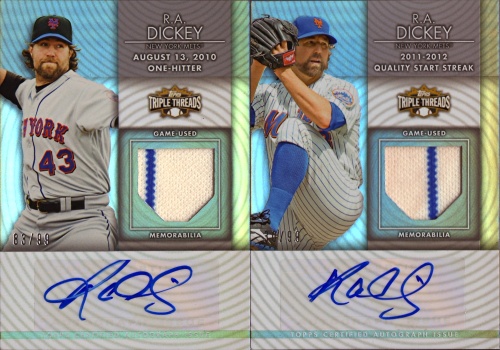
Dickey’s pants from his second one-hitter of 2012 sure seemed lucky when Topps got a hold of them and chopped them up for 2012 Topps Triple Threads. This was a big deal because it was the only time an active player’s pinstriped Mets uniform made it into cards in 2012 and was the first baseball card appearance of a uniform from the cream-ivory period (2010-present). For a Mets game-used collector, these cards were a dream come true. But dig a little deeper and a nightmare unfolds.
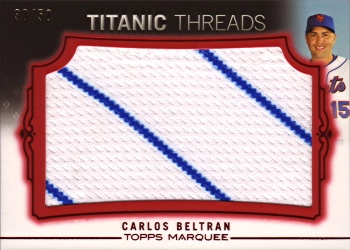
The only active player with a Mets pinstripe jersey card in 2011 was Carlos Beltran. Beltran was traded during the 2011 season before this card was released. The trade brought back Zack Wheeler, so it is seen as a big win for the Mets. Still, Beltran signed with the Cardinals after the season and has been doing well while the Mets are in desperate need of some outfield help. So was Beltran retroactively the curse’s first victim?
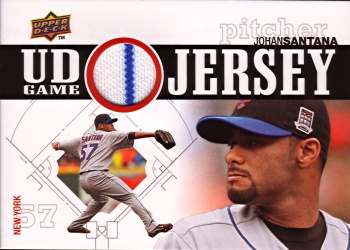
No, that honor goes to Johan Santana in the ill-fated 2010 Upper Deck Series 1. Santana is known to prefer the white home uniforms because he believes that they hide the ball better, so pinstripes are unusual for him. But wait, Santana is still with the Mets, so how could the curse apply? As it turns out, Santana missed all of 2011 due to injury. Is this the fate that would have been in store for Dickey had he not been traded? We may never know. What we do know is that, starting in 2010, any active Met with a Mets pinstripe memorabilia card has not appeared in a game as a Met the following year. Is this curse a bit far-fetched? Maybe, maybe not. Only time and baseball cards will tell.
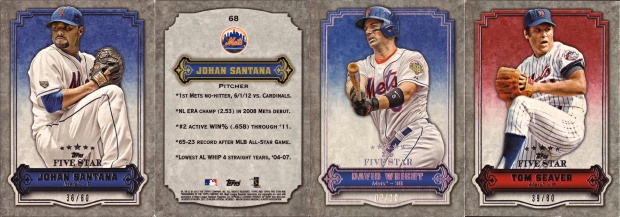
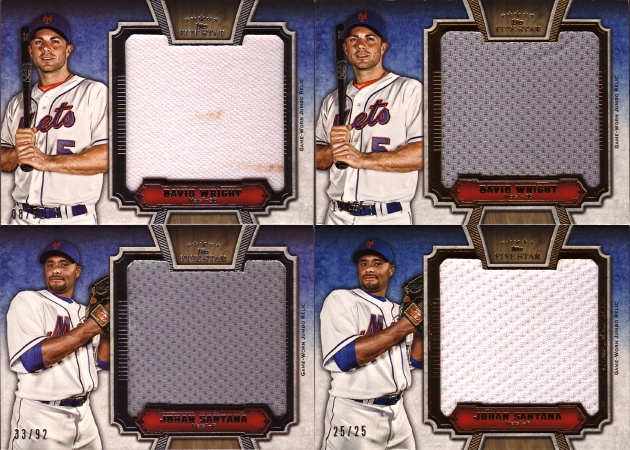
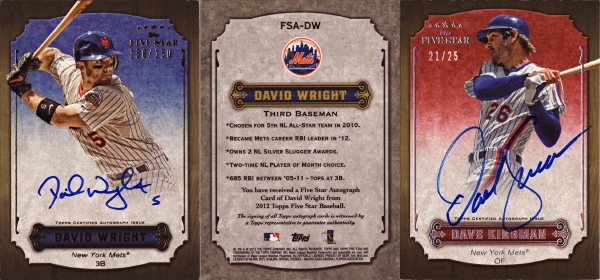
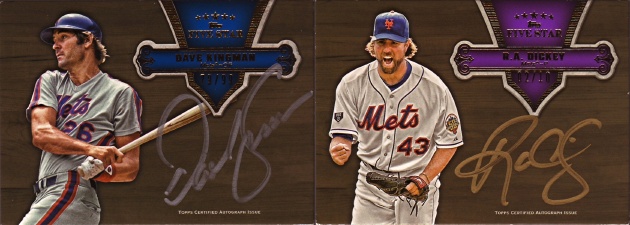


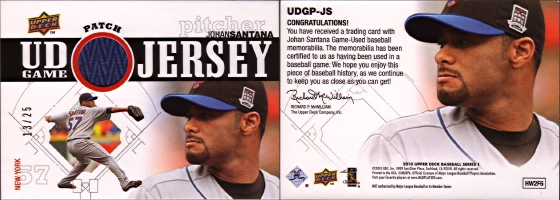
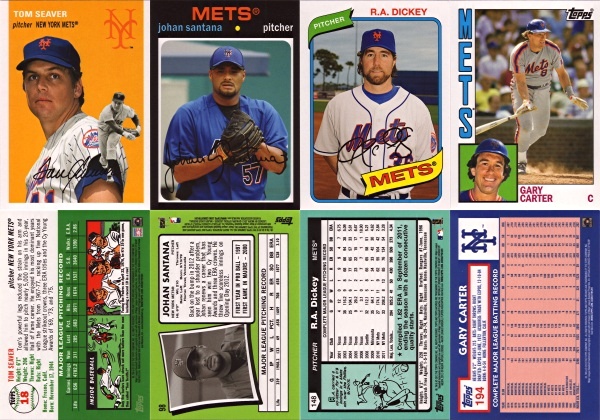
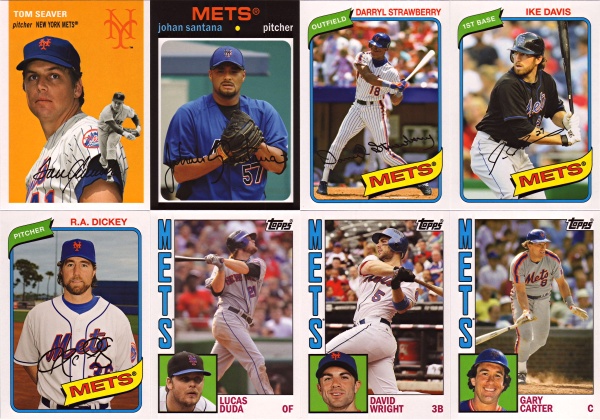
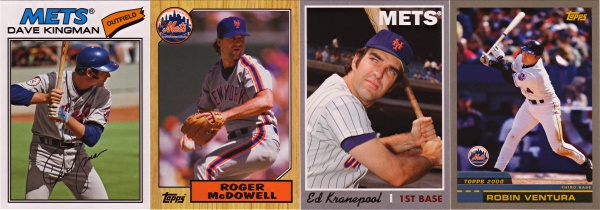
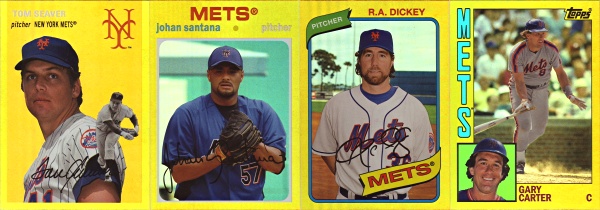
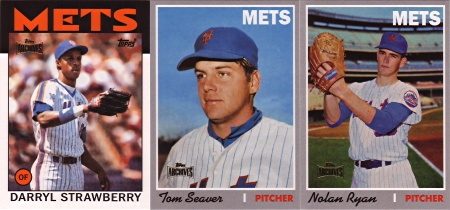
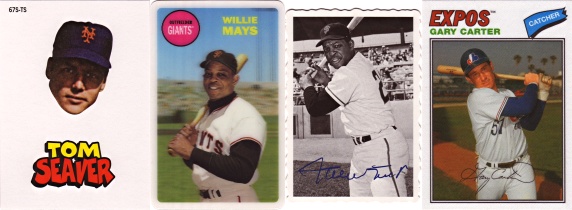
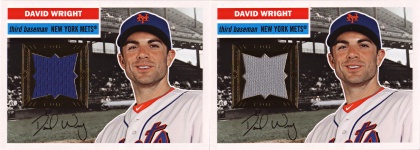
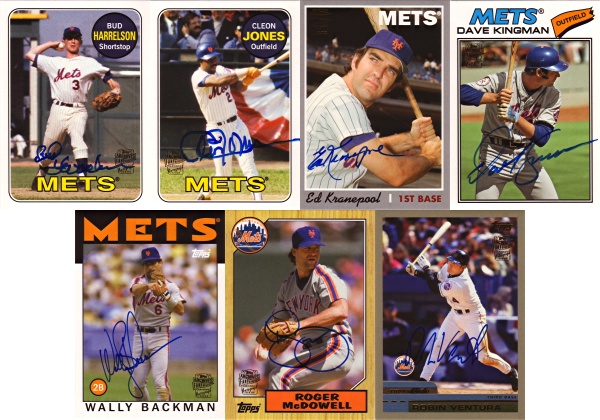
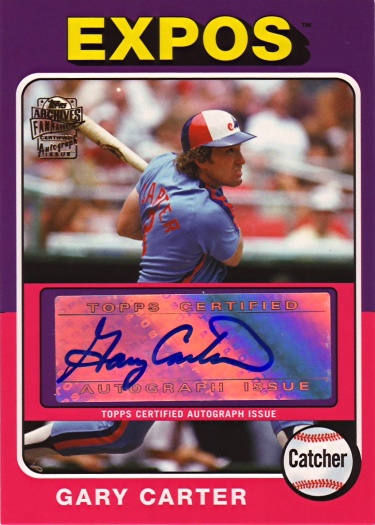

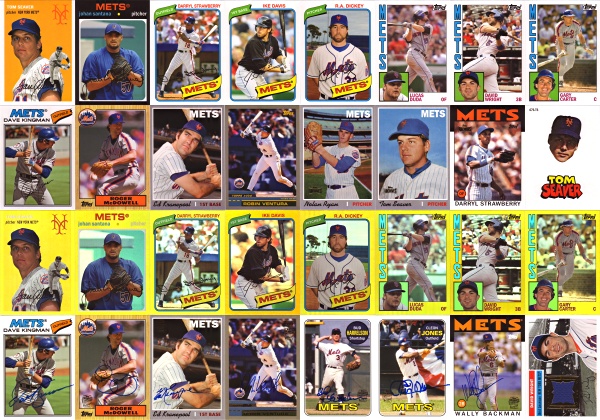
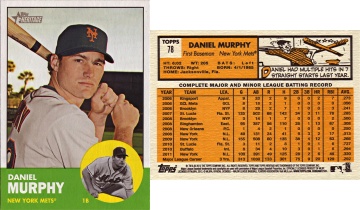
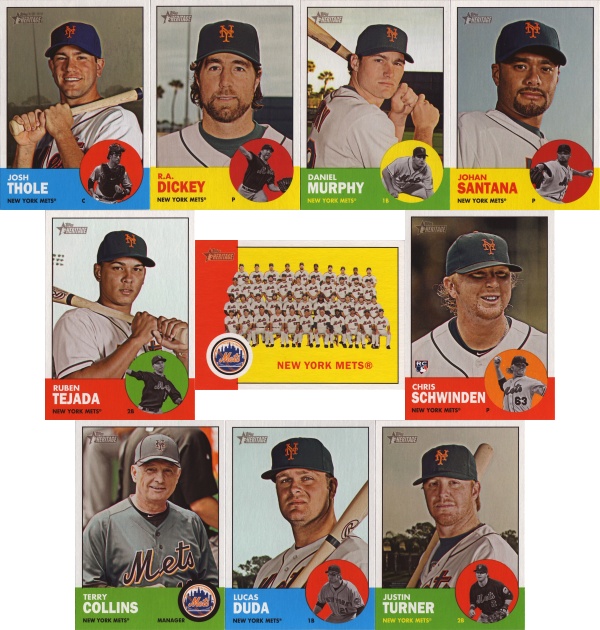
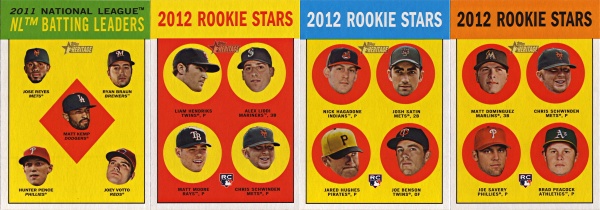
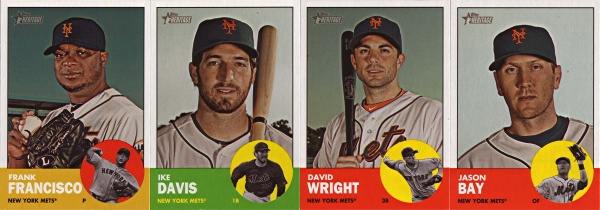

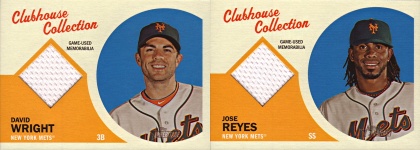
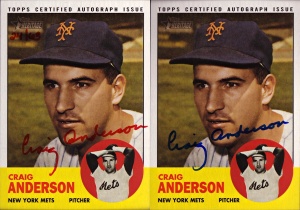
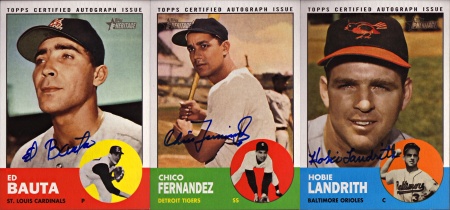
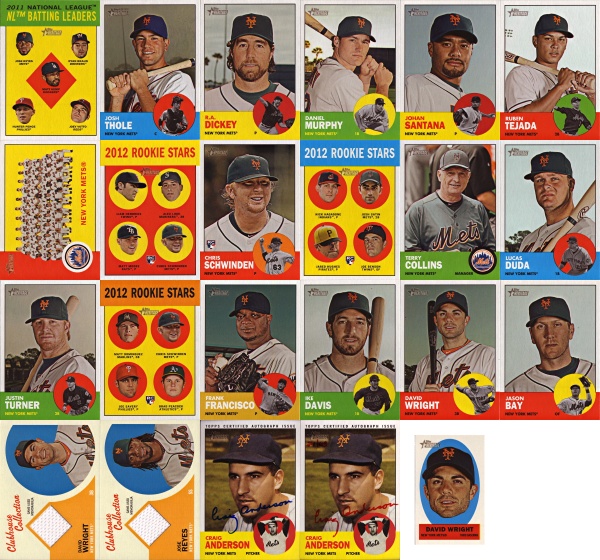
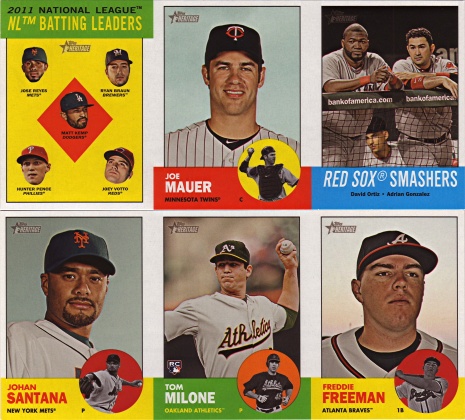
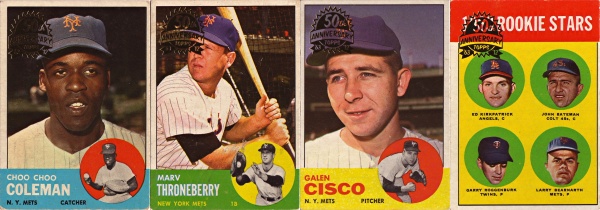
Recent Comments